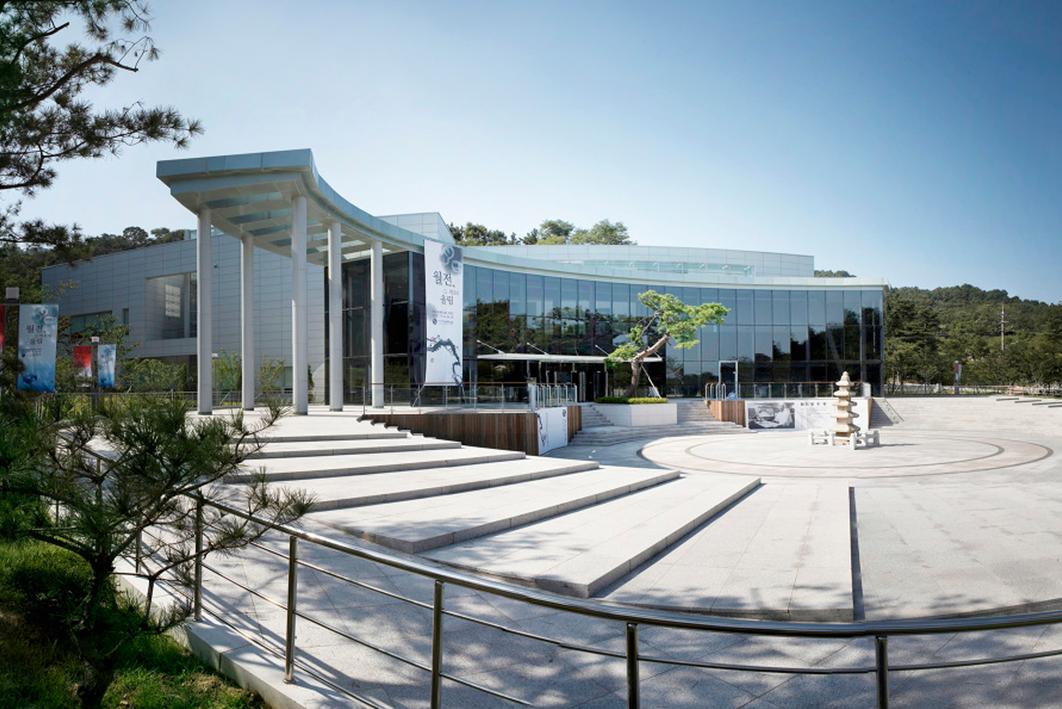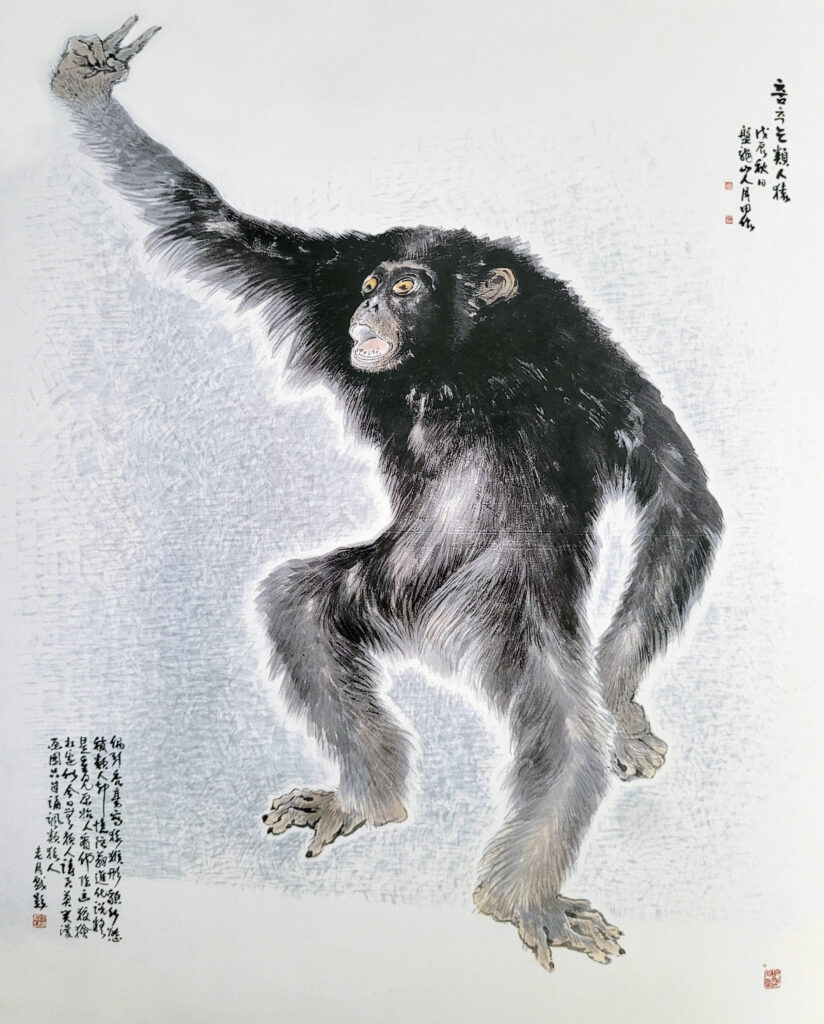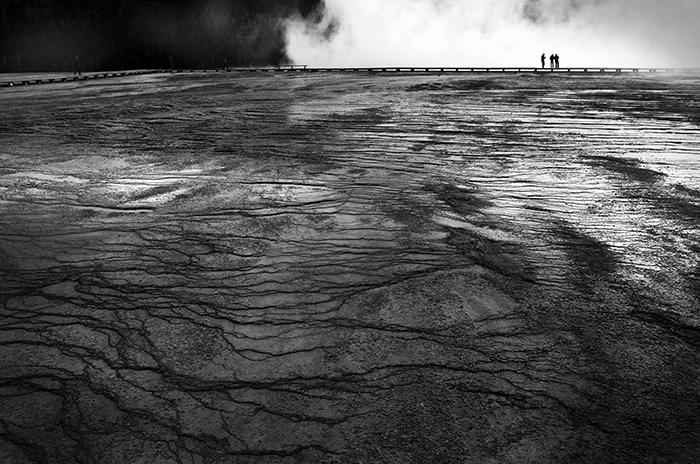A Master Who Bridged Tradition and Modernity in Korean Traditional Painting


Roots in Tradition: A Custodian of Korean Art
Jang Woo-sung’s artistic journey was deeply rooted in traditional Korean painting techniques. His early works followed the classical styles of the Joseon Dynasty, focusing on landscapes that captured the essence of Korea’s natural beauty. These pieces embody classical Korean aesthetic ideals like giunseongdong (the harmonious energy between all things) and sa-ui (capturing the essence of the subject rather than its mere appearance).
As his career progressed, Jang sought not only to preserve but also to reinterpret these traditions, blending them with modern elements. His works retain the serenity and poetic quality of traditional Korean painting, but with a dynamic interplay of color and composition that brings a modern sensibility. His ability to maintain this balance between tradition and modernity made him a pivotal figure in Korean traditional painting, admired for advancing the genre while keeping its core intact.


Philosophy in Landscape Paintings
Jang Woo-sung’s landscapes are not just visual depictions of nature—they are meditations on human existence and the natural world. His sansuhwa (mountain and water paintings) invite the viewer into a world where mountains, rivers, and forests are imbued with deep philosophical meaning. Inspired by Taoist principles like wu wei (non-action) and zi ran (the natural state of being), Jang’s paintings reflect a peaceful coexistence between humans and nature, where natural elements like mist and clouds symbolize the transcendence of time and space.
Jang’s portrayal of mountains, trees, and water are not merely scenic, but symbolic of the human condition. His works encourage contemplation, offering a place of refuge and spiritual reflection for the viewer. These serene landscapes evoke the philosophical depths of Eastern thought, inviting the audience to pause and reflect on their relationship with the natural world.




The Essence of Hwajohwa (Bird-and-Flower Paintings)
Jang Woo-sung’s bird-and-flower paintings are equally significant within his body of work. In his hwajohwa, Jang captures the vivid beauty of nature, often using flowers and birds as metaphors for human emotions and life cycles. His brushstrokes are precise, bringing the vibrancy of natural life to the canvas, but always with a sense of elegance and restraint. The delicate balance in these works reflects his deep understanding of harmony in nature, a hallmark of Korean art.
One of Jang’s celebrated works, Plum Blossoms and Magpies, symbolizes resilience and hope. In Korean culture, plum blossoms, which bloom in the cold winter months, represent perseverance and strength, while magpies are harbingers of good news. The interaction of these elements in his work goes beyond mere representation, highlighting the cyclical nature of life and the enduring qualities of hope and renewal. His hwajohwa continues to resonate with contemporary audiences for its timeless beauty and deeper symbolic meanings.
A Fusion of Tradition and Modernity
While Jang’s foundation was firmly rooted in traditional techniques, he was not confined by them. Throughout his career, he experimented with Western artistic techniques, incorporating elements of perspective and the use of bold, modern colors. This fusion of Eastern and Western aesthetics created a new language in Korean painting, one that felt both timeless and refreshingly innovative. Jang’s work represents the perfect confluence of the two worlds—where traditional ink wash techniques meet modern composition and color theory.
Jang’s ability to embrace modernity while honoring tradition allowed him to expand the boundaries of Korean art. His works maintain the essence of traditional Korean aesthetics while engaging in dialogues with Western art movements. This made his art more accessible and appreciated by international audiences, particularly in exhibitions held outside of Korea.




The Woljeon Art Museum and His Legacy
Woljeon Jang Woo-sung’s legacy lives on through the Woljeon Art Museum, a space dedicated to preserving and promoting his work and the broader tradition of Korean painting. The museum serves as a vital cultural hub, displaying his masterpieces and educating future generations of artists and art lovers. In addition to exhibiting Jang’s work, the museum also holds educational programs that continue to foster a deeper understanding of Korean traditional arts and culture.
Jang’s influence extends beyond his works to the countless students and artists he mentored throughout his lifetime. The Woljeon Art Museum ensures that his innovative spirit and dedication to Korean art will continue to inspire artists worldwide.
International Impact and Artistic Recognition
Jang Woo-sung’s art has garnered international attention, with exhibitions and collections in galleries and museums around the world. His ability to fuse traditional Korean aesthetics with modern artistic techniques has made his work stand out in global art circles. His landscapes, with their ethereal, almost otherworldly beauty, and his bird-and-flower paintings, full of vibrant life and delicate precision, have attracted the admiration of both Eastern and Western art critics.
Jang’s works offer a profound insight into the philosophy of nature, the human spirit, and the relationship between tradition and innovation. His paintings do not merely reflect the world around us—they elevate it, imbuing it with spiritual and emotional depth. This blend of philosophy, technical mastery, and cultural significance has made Jang Woo-sung a key figure in the international recognition of Korean art.


- Woljeon Jang Woo-sung (1912-2005) was a Korean painter who played a crucial role in preserving traditional Korean painting while also infusing it with modern sensibilities. His works, particularly in landscape painting (called sansuhwa) and bird-and-flower paintings (hwajohwa), express the delicate harmony between nature and human emotion, rendered with detailed brushwork and vibrant life. This 20th Anniversary Special Edition aims to introduce his profound artistic legacy to a global audience, highlighting his influence on both Korean art history and the international art scene. Jang was more than a custodian of tradition—he was a visionary who merged Eastern and Western aesthetics, creating a uniquely Korean modern art form.





